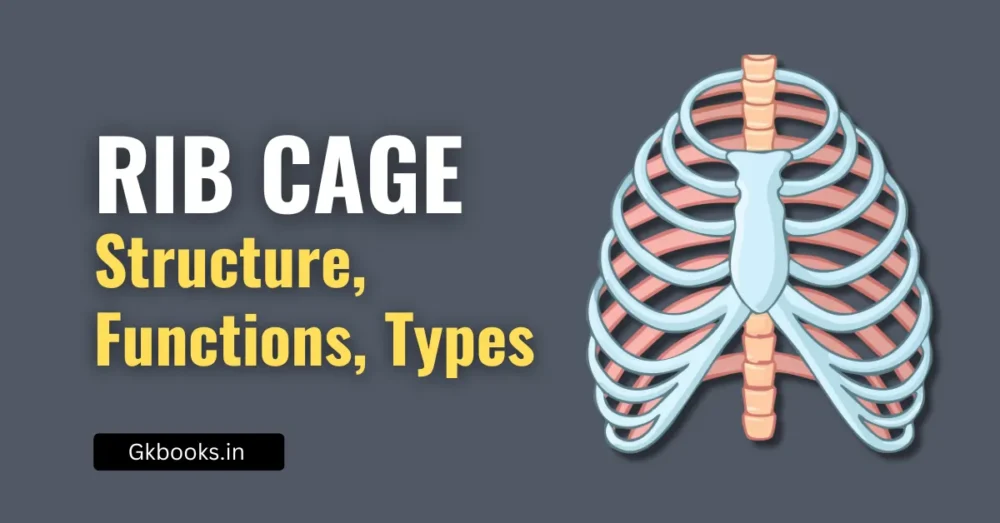Just like humans need food to grow strong and stay healthy, plants also need special nutrients to grow, make food, and stay green. These important plant nutrients come from the soil, air, and water. Without them, plants can’t grow well or make fruits and flowers.
Scientists have found that there are 17 essential nutrients that every plant needs. These nutrients help plants do different jobs, like building strong roots, making green leaves, and fighting off diseases. To make things easier to understand, these nutrients are put into groups based on what they do in the plant. This is called functional classification.
In this post, we will learn about the different types of plant nutrients and how they help plants grow. Whether you’re a student, gardener, or just curious, this guide will help you understand the building blocks of plant life in a super simple way!
✅ Unlock All Essential Biology Notes for General Science!
Macronutrients and Micronutrients
Plants need certain essential elements from air, water, and soil to grow and stay healthy. Most of a plant’s body (over 90%) is made of carbon, hydrogen, and oxygen (from CO₂ and water),
But it also takes in other elements from the soil. These soil-derived nutrients are grouped as macronutrients (needed in larger amounts) and micronutrients (tiny amounts).
For example, macronutrients include Nitrogen (N), Phosphorus (P), Potassium (K), Calcium (Ca), Magnesium (Mg) and Sulfur (S), whereas micronutrients include Iron (Fe), Manganese (Mn), Zinc (Zn), Boron (B), Copper (Cu), Chlorine (Cl), Molybdenum (Mo), and Nickel (Ni).
In simple terms, plants need a lot of macronutrients (to build proteins, DNA, etc.) and just a little of micronutrients (often to help enzymes).
| Nutrient Type | Example Elements | Plant Uses |
|---|---|---|
| Macronutrients | N, P, K, Ca, Mg, S | Needed in large amounts; form proteins, DNA, membranes, etc. |
| Micronutrients | Fe, Mn, Zn, B, Cu, Cl, Mo, Ni | Needed in tiny amounts; often act as helpers for enzymes and chlorophyll. |
Plants’ essential elements can also be grouped by function – what job they do in the plant. Understanding these functions helps you remember them for exams. Below are simple categories of nutrient functions:
Classification of Essential Nutrients in Plants based on Function
Structural (Building-Block) Elements
These elements form the body of the plant (cells, proteins, DNA, cell walls):
- Carbon (C), Hydrogen (H), Oxygen (O) – the basic building blocks of sugars, starches, cellulose, and other molecules. For example, cellulose (a sugar polymer) makes up cell walls.
- Nitrogen (N) – a key part of amino acids, proteins, DNA and chlorophyll. (Think: proteins and DNA contain lots of N.)
- Sulfur (S) – found in certain amino acids (like cysteine and methionine) and in coenzymes. Without S, some proteins can’t form correctly.
- Calcium (Ca) – acts like “glue” for cell walls, keeping them strong and intact. It also helps cell membranes work properly.
- Boron (B) – helps form cell walls and move sugars around the plant. It is important for growing shoots and roots.
Energy & Growth Elements
These elements help plants capture and use energy, and grow new cells:
- Phosphorus (P) – part of ATP, the plant’s energy-transfer molecule, and part of DNA/RNA. In simple terms, phosphorus stores and transfers energy. It also helps build cell membranes and seeds.
- Magnesium (Mg) – the central atom in chlorophyll (the green pigment). Chlorophyll is needed for photosynthesis (making food from light). Mg also helps many enzymes wor, so it supports growth and energy use.
Enzyme Helpers (Cofactors)
Many micronutrients act as helpers for enzymes – they make enzymes (tiny machines in the cell) work correctly:
- Zinc (Zn), Manganese (Mn), and Copper (Cu) – these trace elements are needed in small amounts for enzymes in photosynthesis and other reactions . For example, Zn is part of enzymes that make hormones and proteins, Mn helps enzymes in photosynthesis, and Cu is used in enzymes that make chlorophyll and lignin (a wood-like substance).
- Iron (Fe) – essential for making chlorophyll and is part of many enzymes (like those in respiration). Without enough Fe, leaves turn yellow because chlorophyll can’t form.
- Molybdenum (Mo) and Nickel (Ni) – required in very tiny amounts for nitrogen-processing enzymes. Mo is part of the enzyme nitrate reductase (helps turn nitrate into usable nitrogen) , and Ni is needed for the enzyme urease (breaks down urea to release nitrogen).
Water & Ionic Balance
Some nutrients help plants control water flow and balance electrical charges (like salts) in cells:
- Potassium (K) – regulates stomata (tiny pores on leaves) to open and close. This helps the plant take in CO₂ and control water loss. K also helps balance water pressure in cells and assists proteins.
- Chlorine (Cl) – important for osmotic balance (water movement) and photosynthesis. It helps keep the right water pressure in cells so nutrients and water can move.
- Calcium (Ca) – in addition to structure, Ca also helps regulate how water and nutrients move in and out of cells.
- (Plants may also use Sodium (Na) in a similar way, especially in hot-dry (C4) plants, but Na is not essential for all plants.)
Each element often has multiple roles, but we focus on its main job in the plant. For example, Calcium both supports cell walls and helps transport nutrients, and Magnesium is both part of chlorophyll and an enzyme activator. By knowing these functions, you can predict what will happen if a plant is missing an element (e.g. yellow leaves from lack of Fe or N).
Conclusion
Stay positive! Learning which element does what in plants takes practice. Use the lists above and quiz yourself. You might say, “Phosphorus = energy (ATP); Nitrogen = proteins; Potassium = stomata/water; Magnesium = chlorophyll.” With confidence and review, you’ll be ready for those exam questions.
Example Exam Questions
Q1: Name two macronutrients and two micronutrients required by plants.
A: Macronutrients: Nitrogen (N), Phosphorus (P) (also K, Ca, Mg, S). Micronutrients: Iron (Fe), Zinc (Zn) (also Mn, B, Cu, Cl, Mo, Ni).
Q: Fill in the blank: “________ helps transfer energy in plant cells (found in ATP).”
A: Phosphorus (P)
Q: What is the main role of Potassium (K) in plants?
A: It helps open and close stomata to regulate gas exchange and water balance. It also activates some enzymes and supports growth.
Q: True or False: Carbon dioxide provides plants with the element Nitrogen.
A: False. Carbon dioxide provides carbon, not nitrogen. Nitrogen comes from the soil. Nitrogen is used to make proteins and DNA.
Q: Which micronutrient is essential for making chlorophyll?
A: Iron (Fe) (chlorophyll synthesis fails without Fe) – also Magnesium (Mg) is in the chlorophyll molecule.
Sources: Plant nutrient textbooks and educational sources (4.3.1: Essential Elements – Biology LibreTexts) (31.1C: Essential Nutrients for Plants – Biology LibreTexts) (Understanding Plant Nutrition and Deficiency | Rx Green Technologies) (ch3) for accurate, up-to-date information on plant nutrition.







